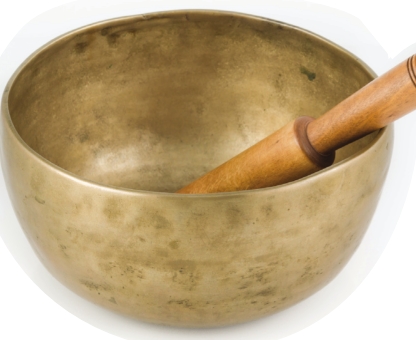SOUND HEALING

Some of the unknown autistic therapies
When asked to name a therapy that will help the autistic community, most people might say ABA, or Applied Behavior Analysis, occupational therapy or even speech therapy, but there are a lot of different types of therapies out there that will help the autistic community.
In this article, we will review two of the many different types of therapies, their benefits and what a typical session might look like.
The first type of therapy that will help the autistic community is called Autistic Touch Therapy. It is taught by Tina Allen, who founded the organization Liddle Kidz, where she travels the world teaching people how to massage children of all ages and disability types. Autistic Touch Therapy is a type of massage where the therapist uses different objects that the child likes, such as a toy car, hairbrush or even a hand puppet, to name a few, in the therapy session.
The benefits of Autistic Touch Therapy are providing relaxation, stress reduction and calming muscle spasms. It will also help the child to become more accustomed to tactile stimulation and aids in body awareness. It is also great to use on a child that has difficulty in sleeping. It will also help with sensory integration and help regulate gastrointestinal tract (GI) issues.
When you perform Autistic Touch on a child, along with regular sensory integration, it will reduce inattentiveness, touch aversion and withdrawal.
A
typical Autistic Touch Therapy session will probably last 30 minutes.
In the first session, the therapist gets to know the child and his
family, and then in the next session the therapist starts the touch
therapy session. The therapist will first have the child pick out the
object he or she wants them to use, and then the therapist will ask them
what part of the body they want the therapist to use the object on. Of
course, the therapist will always have the parents in the room while
doing their sessions. The therapist will then (if they are young enough)
tell them a story on what the object is doing, and then after that
story, the therapist will get the child to tell them a story about that
object.
The good thing about Autistic Touch Therapy is that the therapist could do their sessions in an office, or they could go to their client’s house. After the first touch therapy session with the child, the therapist might give the parents hand-outs on what they just did so the parents could do the same thing on their child, especially at night if that child can’t sleep.
The second therapy is Tibetan Singing Bowls. It is known to be the oldest and most natural form of healing known to man. How the bowls work is through vibrations which have a calming effect on our nervous system but can also travel deep into our body to penetrate the bones. We get a healing effect from the vibrations that a therapist could never get from their hands.
Some of the benefits of the Tibetan Bowls are stress reduction through deep relaxation and endorphin release. It will liberate emotional traumas locked within the subconscious, activating self-healing mechanisms within the body, promoting deeper sleep and relief from headache, fatigue, insomnia, digestive disorders, joint or muscle aches, menstrual disorders and emotional imbalances. If one Googles the benefits of Swedish/Deep Tissue Massage and Tibetan Singing Bowls, one will find that Swedish/Deep Tissue Massage is just for relaxation, but Tibetan Singing Bowls is not.
A typical session for an autistic child lasts probably 30 minutes, and just like the Autistic Touch Therapy, the therapist gets to know the child and his or her family first and lets the child see the bowls and feel the vibration of them to see if they want to participate. If that child wants a bowl session done, then the therapist asks them if they just want to feel the vibration while they tap the bowls, or do they want the therapist to put the bowls on them.
A bowl session can also be done along with Autistic Touch Therapy, depending on what the child wants done. As in the Autistic Touch Therapy session, the therapist would also have the parents in the room.
These are just two of the therapies that may help the autistic child along with an ABA, occupational and speech therapy session. They can have a Tibetan Bowl session or an Autistic Touch Therapy session done before they go in to see their regular therapist to help calm them down.
There are many different types of autistic therapies including the Son Rise Program, horse therapy, music therapy and even yoga, to name a few, that will help the autistic child. If anyone wants to know more about the therapies in this article, they are welcome to contact me, and I will try to explain in more detail about the other therapies. It is my mission and goal in life to help my community in any way that I can.
Sources: The Web site of International Academy of Sound Healing at iash.in/sound_ therapy.html and the Autistic Touch Therapy manual.
FOR MORE INFORMATION:
Visit the Web site of International Academy of Sound Healing at iash.in/sound_therapy.html.
Meredith Siskron is from Shreveport, La., where she is an Autistic Touch Therapist, has a diploma as a childcare specialist, is a certified children’s yoga instructor, a licensed massage therapist, water aerobics instructor, a Tibetan Singing Bowl Sound Healer, and a children’s fitness instructor. Her e-mail address is misiskron@mail.com. She can be found on Facebook at www.facebook.com/ MeredithSiskronLmtCm.
